What is rebounding? A physical therapist explains how this exercise can help you build muscle and strengthen your bones
Surprisingly, jumping up and down on a mini trampoline comes with a whole host of benefits
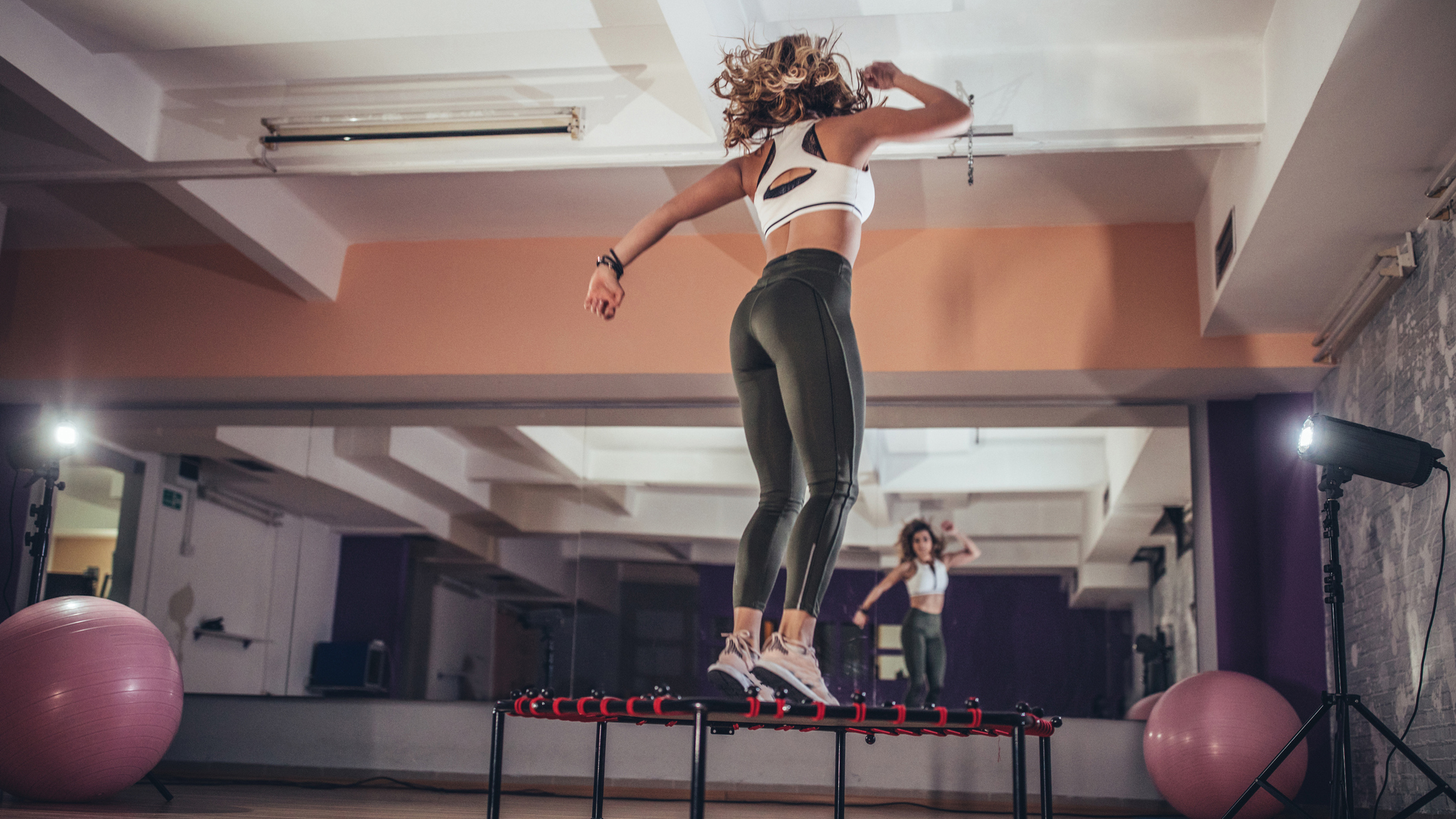

To build a strong, healthy body, you need a sturdy frame, which is why it’s important to look after your skeleton. Eating enough calcium and vitamin D can help with this, but if you want to boost your bone density, resistance-based exercises are what you need, and rebounding is one of them.
Rebounding is an exercise where you jump up and down on a small, firm trampoline to a choreographed dance-inspired routine with music. One of these lively jumping sessions will provide you with a low-impact cardio workout that could boost your bone density and strengthen your muscles. It may even help your coordination and balance, if you commit to it long-term.
Here’s why it once received the NASA seal of approval—and what you can expect during a typical class.
What are the bone-boosting benefits of rebounding?
Any kind of resistance training can help boost your bone health. Lifting weights, running, jumping and skipping can all help maintain bone density, as they’re all forms of resistance training. Rebounding is also a form of resistance training, but it’s more gentle on the joints, as the mat absorbs most of the jumping impact.
Despite its gentle nature, it’s still an effective way to boost bone density. One study published in the Journal of Health and Sport Science found that professional female trampolinists have greater bone density at the hip and spine, larger bones of the extremities, and greater bone and muscular strength of the lower body than non-trampolinists.
Why should you care about bone density? Well, bone atrophy (a reduction in bone density) happens to us all naturally as we age. Women, however, lose bone density much faster than men due to the menopause and the loss of the hormone oestrogen. This lower bone density can increase the risk of conditions such as osteoporosis or osteopenia, which means even a minor fall or bump can cause a fracture.
"Peak bone mass is usually reached in the early 20s for women and slightly later for men and typically starts to decline in the early 30s" explains Andrew Nasr, a physical therapist at sports performance brand, Rudis. "Yet studies show as little as 10 minutes of rebounding three days per week can improve hip bone density in postmenopausal women."
Get the Fit&Well Newsletter
Start your week with achievable workout ideas, health tips and wellbeing advice in your inbox.

Andrew Nasr is a Ph.D candidate in applied clinical research. Based in Dallas, Texas, he is board certified in orthopedic and sports physical therapy, and a certified strength and conditioning specialist.
Why did rebounding get the NASA seal of approval?
When astronauts are in space, they typically lose bone and muscle mass due to microgravity. NASA researchers are constantly looking at ways to prevent astronauts from bone and muscle atrophy.
Back in the 1980s, NASA published a study looking at the effects of trampolining compared to running, which found that trampolining could be more efficient in some ways. When participants were performing at similar effort levels across the different exercise modes, the biomechanical stimuli were greater on the trampoline.
This could mean that it’s better for helping to reverse the damage to muscle and bone density that occurs in space. However, this study is over 40 years old and only had a handful of participants. Nowadays, astronauts use an Advanced Resistive Exercise Device (ARED) to maintain their bone density.
That’s not to say that you shouldn’t give rebounding a try anyway. More recent studies, like the female trampolinists one referenced above, have shown that it likely will improve your bone density. It’s also a fun, effective way to get a low-impact cardio workout.
What happens in a rebounding class?
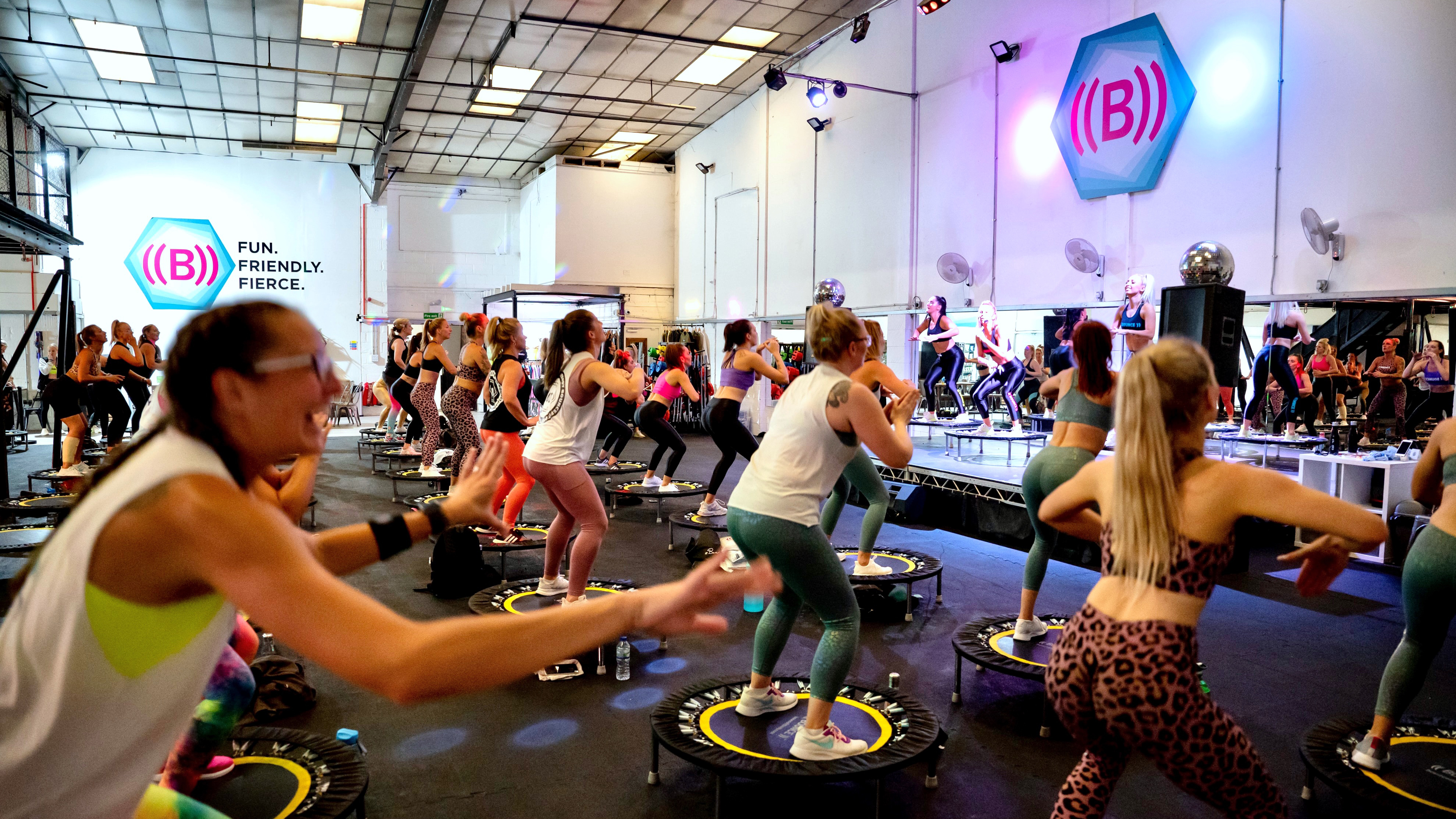
Most rebounding classes happen on a small, firm trampoline with a handlebar for stability. Typically, a rebound trampoline’s jumping mat will be between three and four feet in diameter and will sit on a base that has small sturdy legs.
"Trampoline fitness is very core-focused and every move comes from the powerhouse that is your abdominal area," says Kimberley Perry, founder of ((BOUNCE)) trampoline fitness classes. "The focus is always on the abdominal muscles when you are trampolining, but you will also activate different muscle groups when you perform the array of jump moves."

Kimberlee Perry is an ETM (exercise to music) trainer and the founder of ((BOUNCE)). In the UK she has 350+ franchises and globally ((BOUNCE)) is available in Australia, UAE, New Zealand, USA, The Philippines, Pakistan, Turkey, Denmark, Canada. The company also offer on-demand sessions online.
"Rebounding works the deep core muscles and may benefit pelvic floor health," confirms Nasr. "The instability of rebounding challenges muscles like the transverse abdominis for spine stability. This is gentler than high impact exercise yet still strengthens the muscles important for posture and continence."
Perry choreographs all of her resistance-based classes to music and says that some of the moves you might do include bouncing on the spot, jumping jacks, sprints, squat variations and tuck jumps.
"You have the option to lie on the trampoline and tone with core and glute work," adds Perry. She also encourages her clients to lift the trampoline to activate their upper-body muscles, and turn the class into a full-body workout.
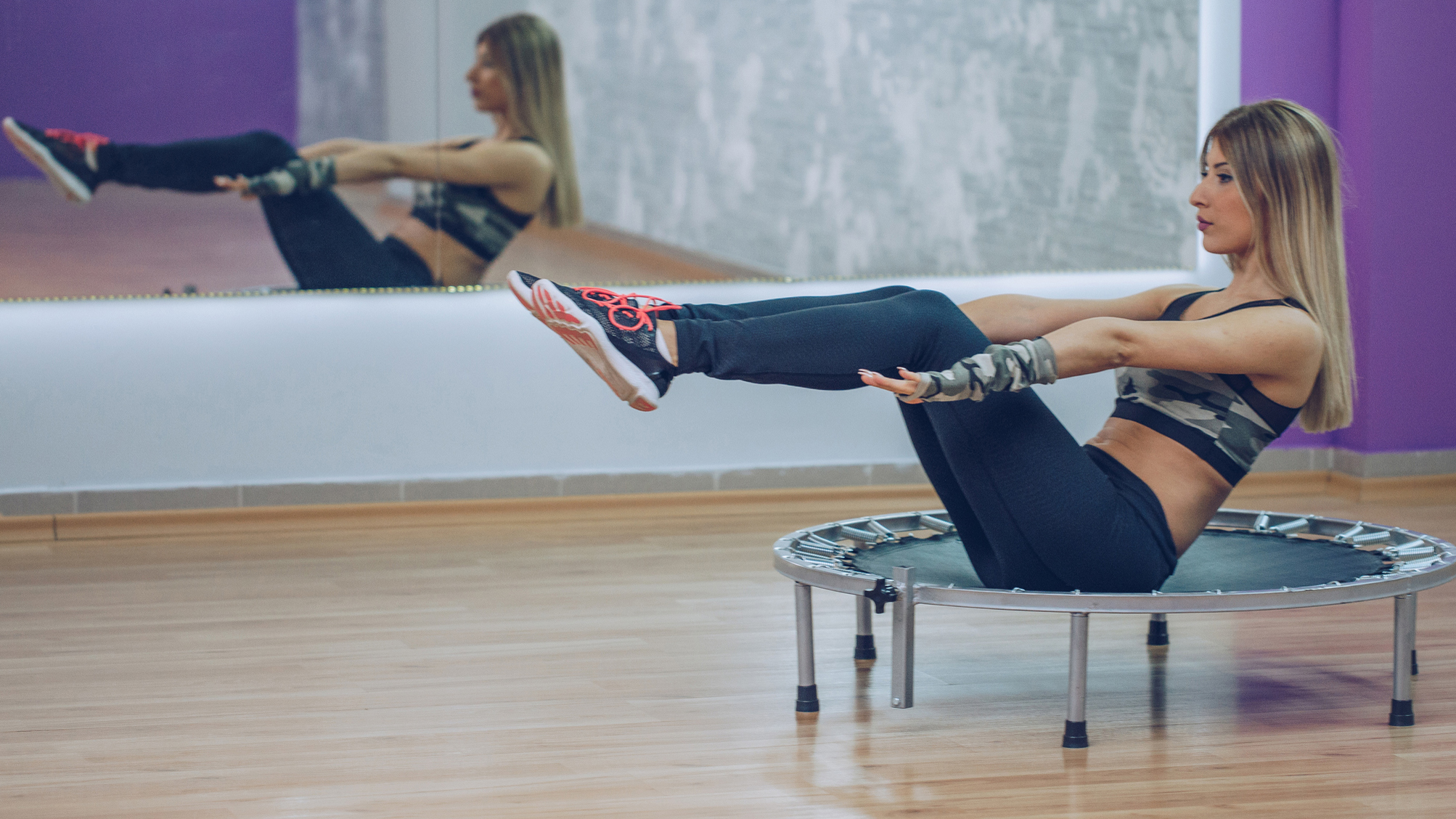
Where can I try it?
Type 'rebounding classes', or 'mini trampolining' into your search engine and you should find lots of options in your area, including ((BOUNCE)) which has studios worldwide and Boogie Bounce which has studios in the UK and offers on-demand classes on its app.
In America, trampoLEAN, located in New York, offers live and on-demand classes, plus 1:1 coaching, while outlets such as Rebound Fitness, Jumping Fitness, Decathlon and Amazon sell various shapes and styles of rebounders for use at home.
Vicki-Marie Cossar is a UK-based freelance journalist who has more than 20 years experience writing across the topics of health, fitness, fashion, beauty and wellbeing. She was formerly responsible for the Life & Style section of Metro’s features department (now called Trends) and currently writes Metro’s weekly Wellbeing supplement.
-
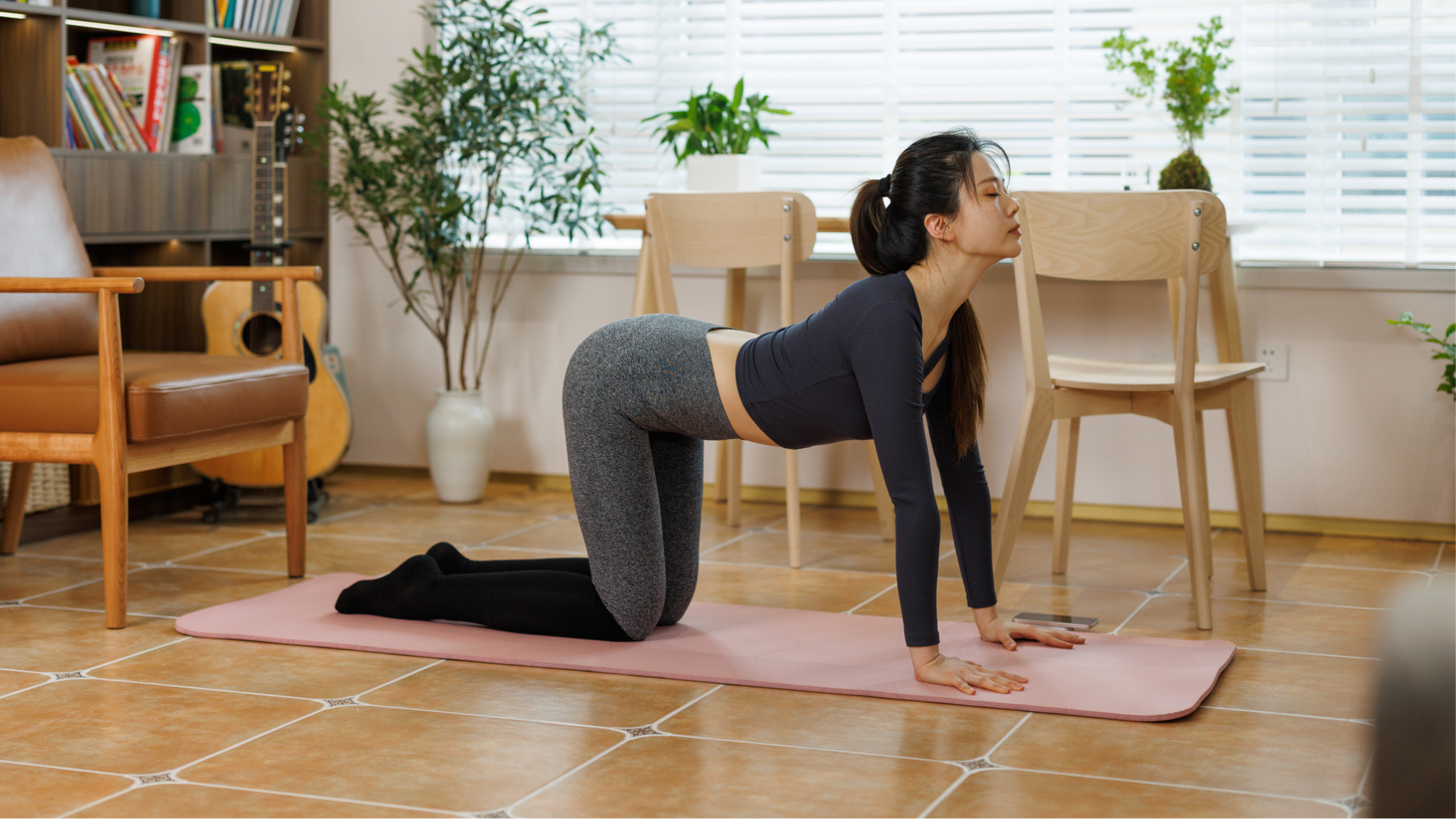 A yoga instructor says this eight-minute routine is all you need to mobilize your entire body
A yoga instructor says this eight-minute routine is all you need to mobilize your entire bodyStiff and achy muscles? Try this
By Alice Porter
-
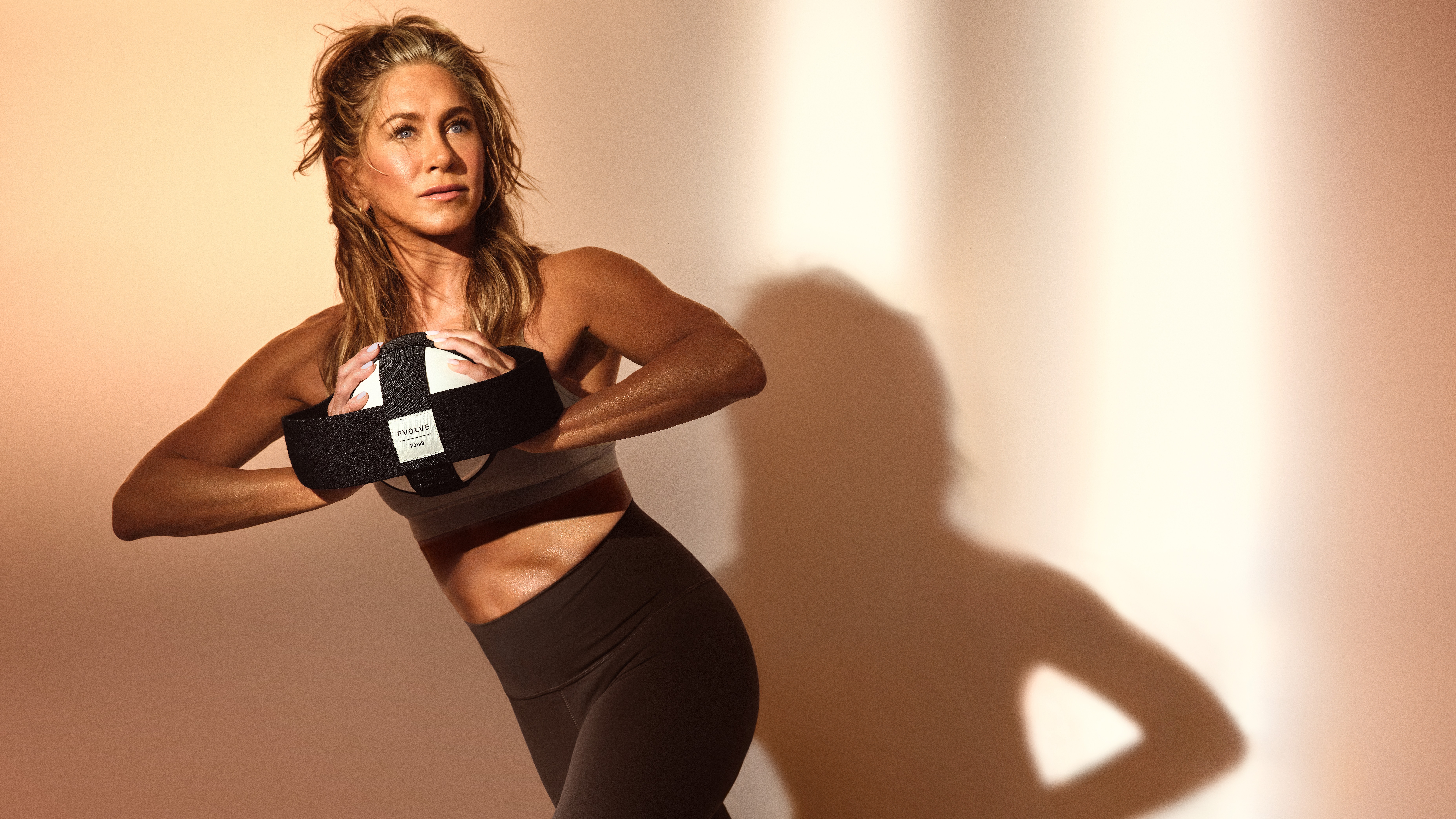 "You don’t need to work out seven days a week to achieve her kind of fitness," says Jennifer Aniston’s trainer
"You don’t need to work out seven days a week to achieve her kind of fitness," says Jennifer Aniston’s trainerWorkouts Aniston works out with her trainer three to four times a week, 45 minutes at a time
By Maddy Biddulph